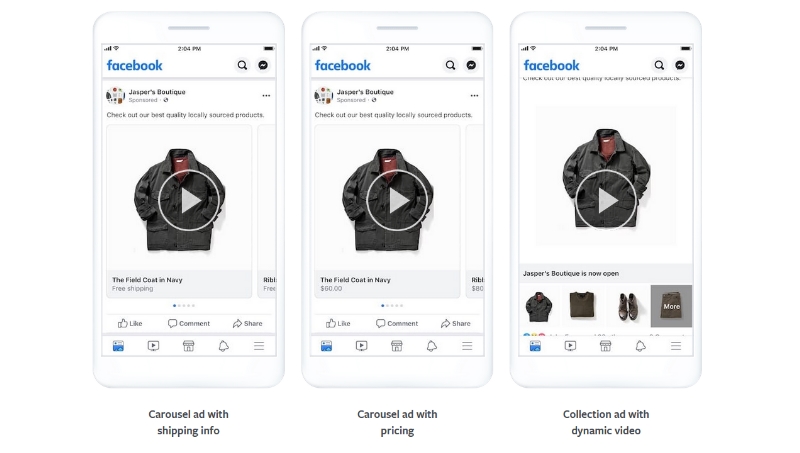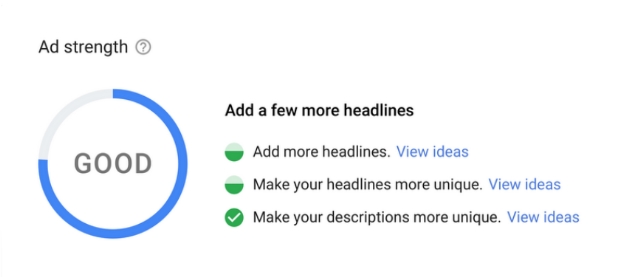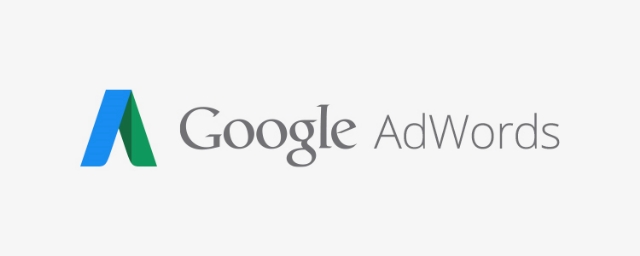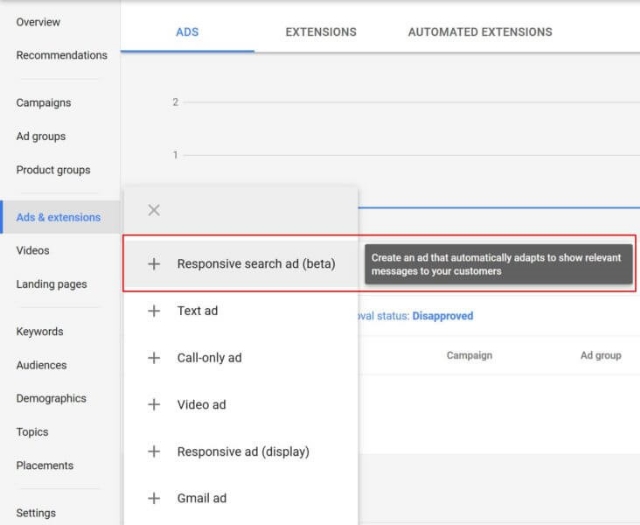Facebook is using machine learning to launch a number of new personalization features for advertisers, as the company recently announced.
The goal is to make it easier for brands and advertisers to customize ads for their potential customers without having to create several distinct ads.
Dynamic Ad Formats and Ad Creative
When using Facebook’s Dynamic Ads, brands will be able to us the company’s machine learning model to predict a user’s ad format preference and deliver the best ad for their taste. This helps guarantee the best chance of catching users’ attention and driving clicks or conversions.

“The dynamic formats and ad creative solution aims to meet people where they are in the customer journey by delivering a personalized version of the ad to everyone who sees it,” Facebook said.
Multiple Optimized Text Options In Single-Media Ads
The company has been testing a method for delivering responsive ads with multiple options for ad text, headlines, and descriptions for months, and is now officially launching the feature.
With this feature, advertisers can set a number of unique ad descriptions, headlines, or primary texts which are then selected by Facebook’s machine learning model based on users’ preferences.
Auto-Translated Ads
Lastly, the company announced that advertisers can select languages for their ad to be automatically translated into when using Ads Manager. By automatically,
As the company announced:
By using the “add languages” feature, advertisers can reach their international customers with messages in the local language quickly and efficiently. This helps advertisers save on resources to produce their own translations for key languages, while giving them controls to review and provide their own translations
Why It Matters
These features all work to speed up the process of creating ads for a wide range of users and audiences. Using signals directly from users, the company is able to deliver the best version of your ad for each user and create the best chance for your ads to convert every time they are shown.






